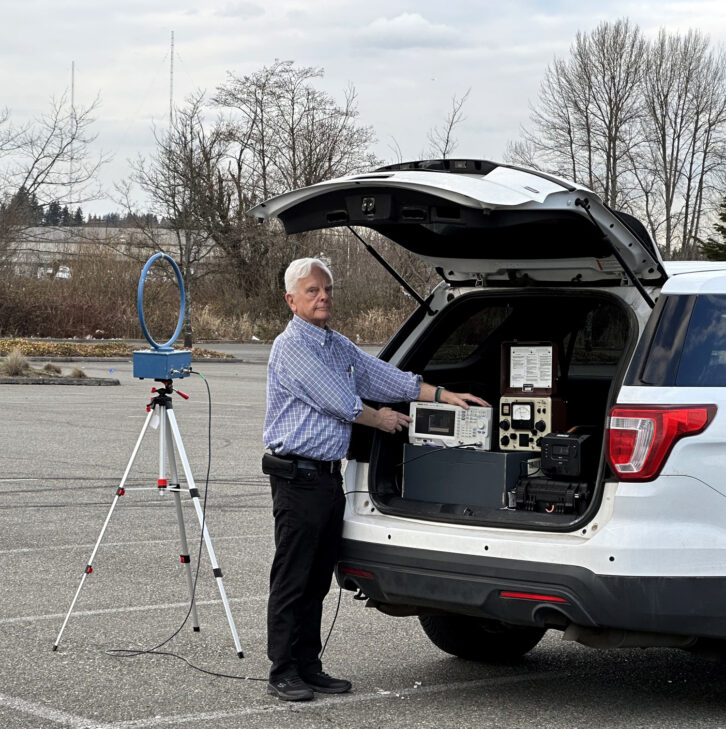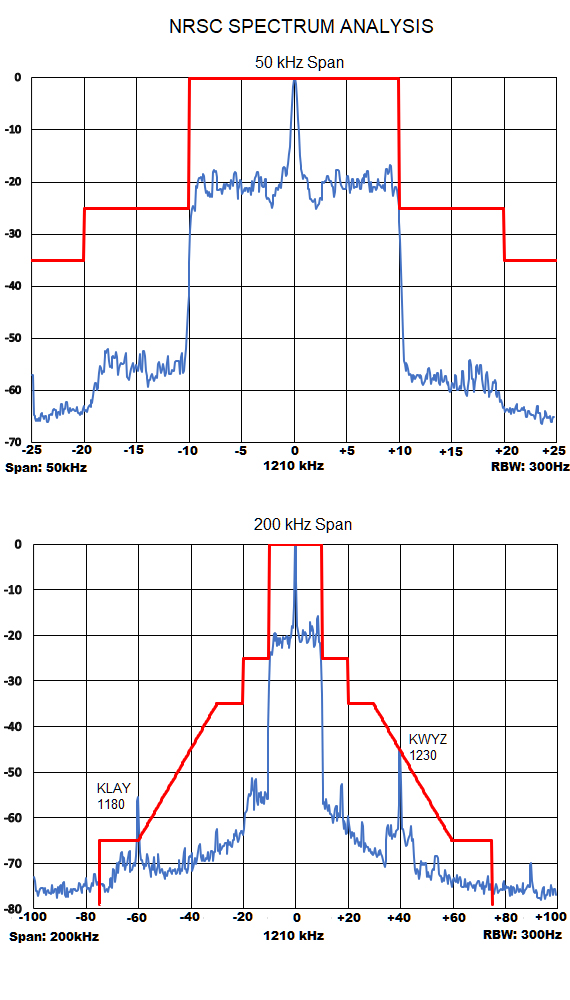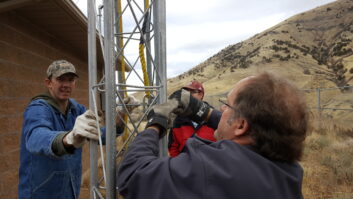Jim Dalke and Marty Hadfield point out that more than 4,000 AM radio stations in the United States are required annually to make occupied-bandwidth transmitter system measurements to comply with National Radio Systems Committee standards and to place the reports in the station’s official files.
At the NAB Show, the duo, who respectively are the CEOs of Dalke Broadcast Service and of The Hadfield Group, will give a talk during the Broadcast Engineering & IT Conference on the topic of modernizing these AM proofs.
“Looking through a lens over 30 years down the road from the NRSC-AM implementation, we are inspired to consider reevaluation of several aspects of the requirements adopted by the FCC,” Hadfield said.

Proof-of-performance measurements in fact have been a part of AM transmitter history dating back to radio broadcasting’s origins, according to Dalke.
“For many years the focus was on the audio performance of the AM transmitter — frequency response, distortion and noise. That changed with NRSC standards introduced in the 1980s, with the emphasis on spectral purity and occupied bandwidth.”
Dalke said measurements for these newer standards were most efficiently accomplished with sophisticated and expensive spectrum analyzers.
Today, measurements can be made with imported spectrum analyzers costing much less; and Dalke and Hadfield have been experimenting with software-defined radios that are even cheaper.
“There is also a question of the relevance of the annual measurements, given today’s advanced solid-state transmitter technology and associated sophisticated audio processing, which virtually eliminates overmodulation commonly associated with out-of-channel emissions.”
[For More News on the NAB Show See Our NAB Show News Page]
What are the challenges to radio stations today in doing such proofs?
“The requirements for NRSC performance testing include relatively sophisticated equipment and the technical experience to operate it,” Dalke said.

“While a consolidated broadcast operation may have the equipment and technical manpower, either locally or corporately, to accomplish the measurements, an independent AM broadcast business has to be able to afford contract engineers for these professional measurements. These contractors are becoming hard to find and engage.”
Dalke and Hadfield have been developing procedures and processes to make the necessary field measurements and efficiently compiling the data into FCC compliant reports. Their paper provides their experiences with lower-cost spectrum analyzers including SDR hardware and sophisticated software to analyze and compile the data to create professional reports.
The pair have long experience with broadcast transmitters and with the requirement for providing FCC-compliant performance testing for AM, FM and TV equipment.
Both hold Certified Professional Broadcast Engineer certification from the Society of Broadcast Engineers, and both are inspectors in the Alternative Broadcast Inspection Programs of the state broadcast associations in Oregon and Washington. The AM ABIP inspection includes making sure the broadcaster has a current “NRSC Compliance Report” in its official files.
Their session will be held on the Tuesday morning of the BEITC.







